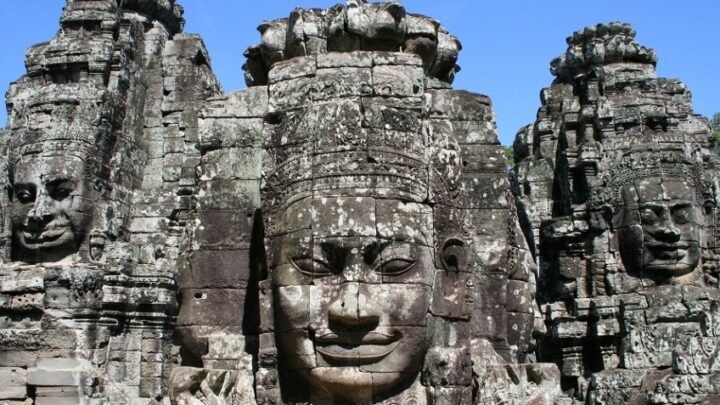Cambodia has a wide range of mind-blowing, heritage sites that open gates into the past. One such place with tremendous panorama and sumptuous architecture is the ancient archaeological site of Angkor. The city has enormous temples, the green bushy forests which makes it a historic capital. Angkor Wat Archeological Park is among the famous heritage sites of UNESCO since 1992. It is located in Northern Cambodia and is the most important Archeological site in South-East Asia.
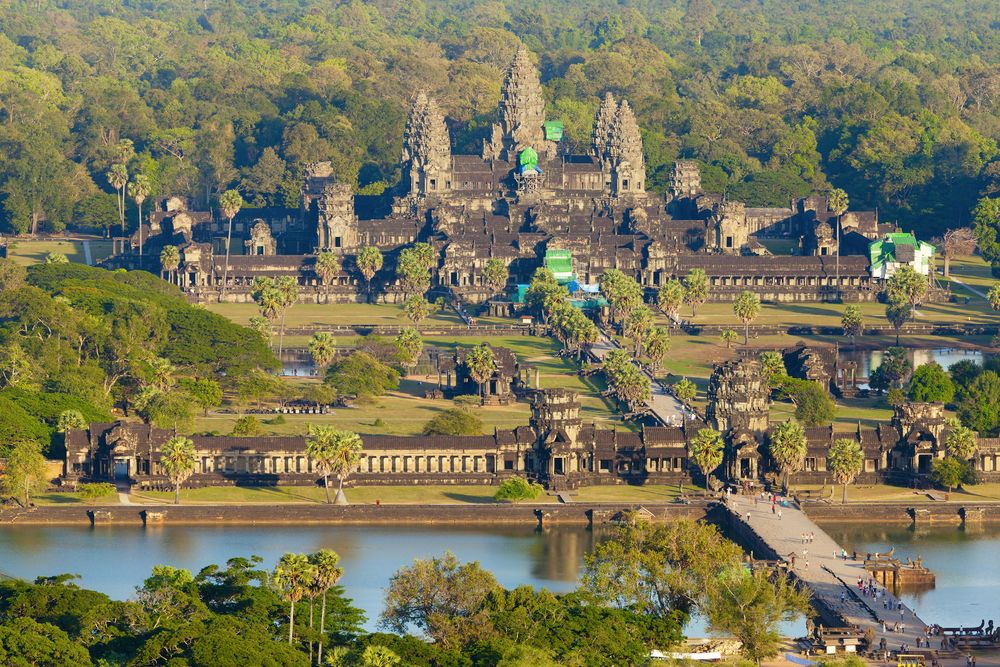
Angkor Archaeological Park is home to 3 different temples namely the majestic Angkor Wat, Ta Prohm, and Bayon. The Bayon Temple is the most famous, attractive, and fascinating structure in the Angkor Wat Archaeological Park. It is basically the heart of Angkor Thom. The temple illustrates the Khmer empire. It is located to the north of Angkor Wat. The temple has another name Jayavarman’s Temple as a tribute to the Khmer king who built the temple.
History
Bayon was the last state temple built in the Angkor complex. Several centuries ago, just like Leonardo Da Vinci portrayed the secret smile of the Mona Lisa, several hundreds of beautiful face towers exhibiting the same enigmatical smiles smiling at you on the famous temple – Bayon. Buddhist ruler King Jayavarman VII devoted the temple to Buddha in the late 12th or early 13th century. “Jayagiri” (which means “Victory Mountain”), the old name for Bayon temple was given another name “Banyan Temple” after the French period.
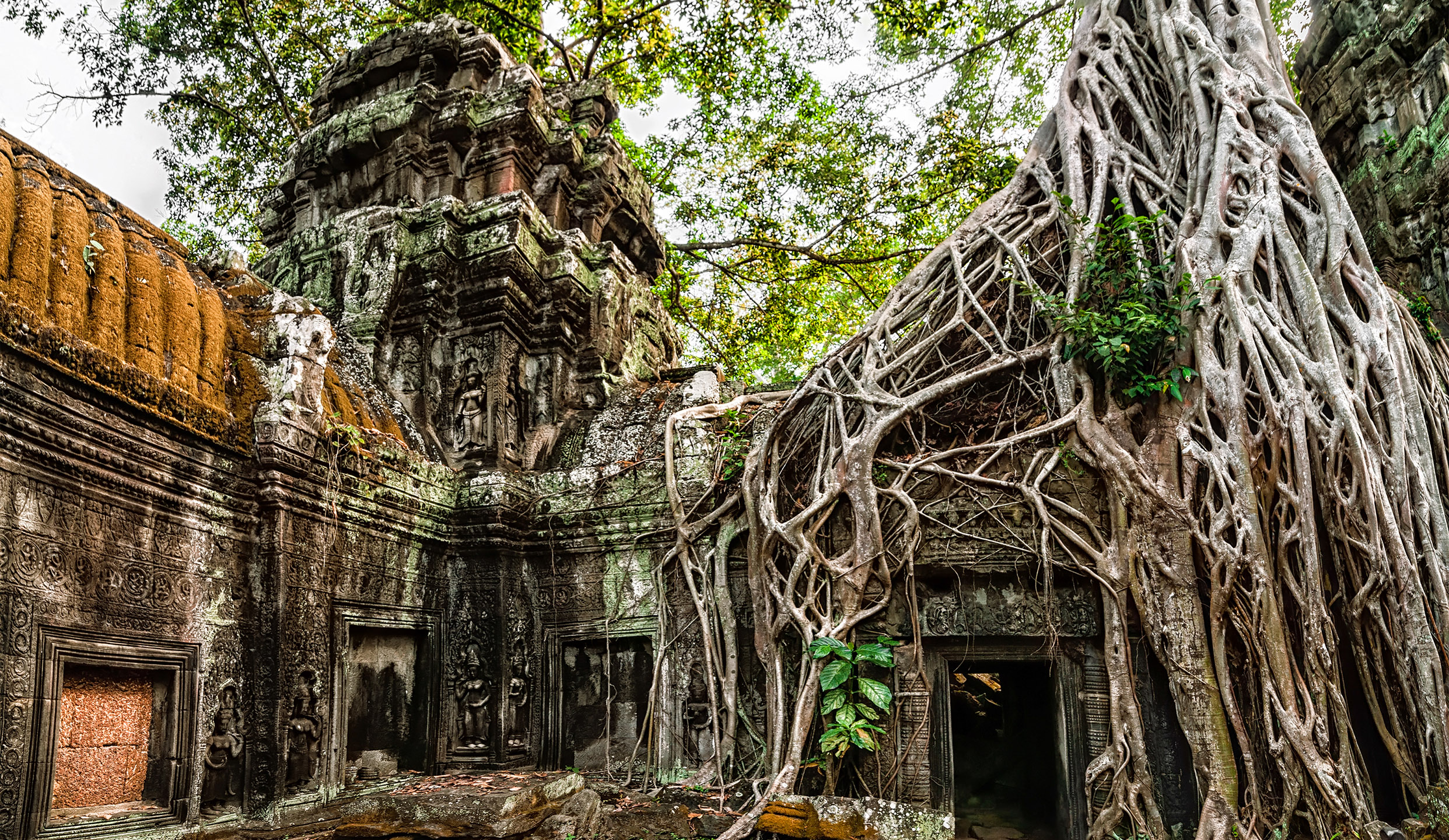
Originally intended to be a Mahayana Buddhist temple, it was renovated during the dynasty of King Jayavarman VIII when the empire reverted back to Hinduism in the mid-13th century. The temple underwent further modifications under the Theravada Buddhist kings in later years.
Religious Significance

As it is said that Buddha has attained enlightenment after meditation beneath a banyan tree. The enormous amount of Banyan trees growing around the site give it perfect religious significance with the name of the temple. After all, the local Khmer workers who renovated the temple made it give the final name as Bayon due to mispronunciation of Banyan. Bayon temple is a place of worship of Sang Gotama or Sang Tathagata.
Architecture
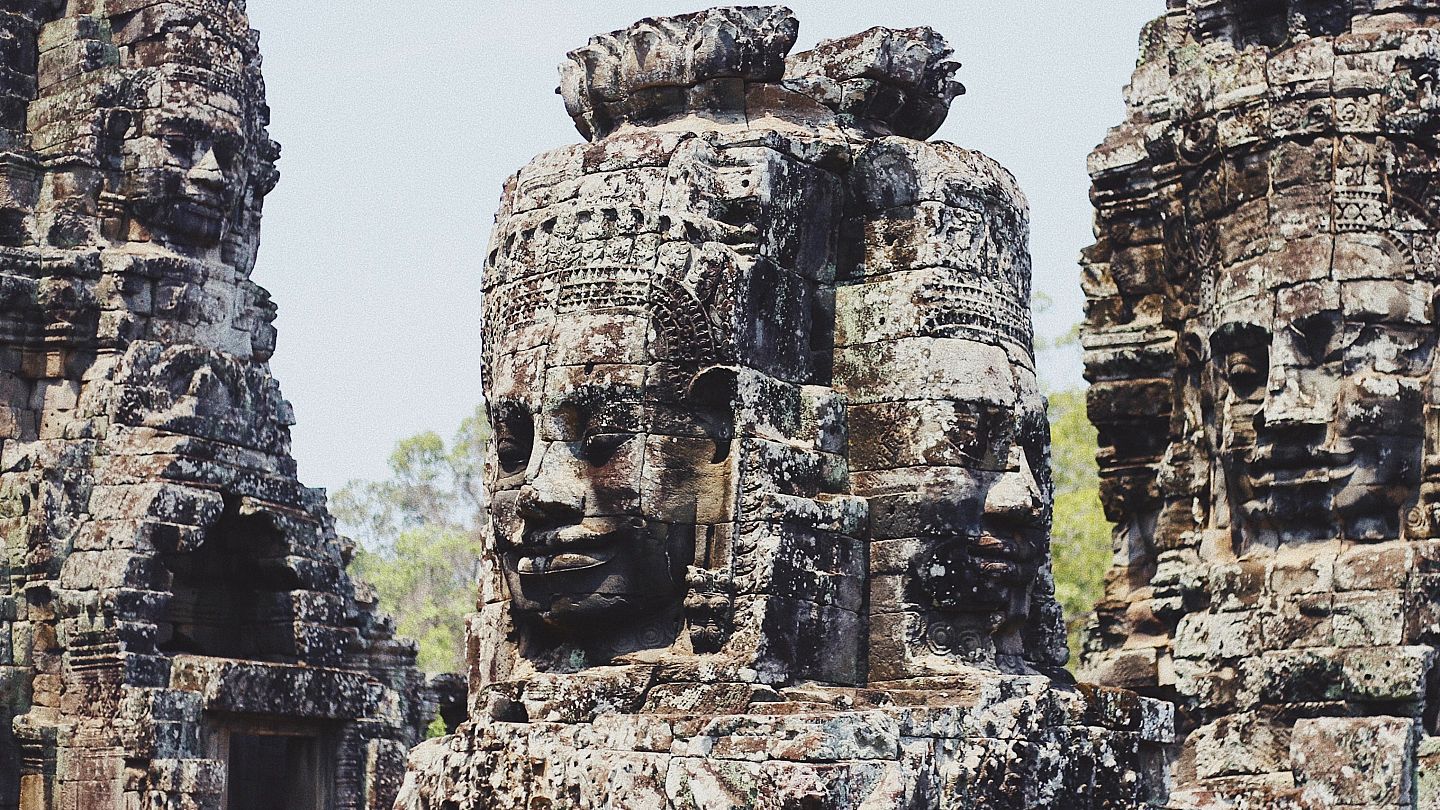
The temple has almost 50 stone towers carved with gently smiling 200 faces all over. According to history, the tower in the Khmer empire keeping watch over all the inhabitants of the kingdom. Each face is 4 meters high facing the cardinal directions of the compass. They all have the same serene smile, with eyes closed, representing the all-knowing state of inner peace, and perhaps even a state of Nirvana. According to some theories, the faces are a representation of the Avalokiteśvara’s face, the Bodhisattva that embodied the compassion of all Buddhas.
Bayon temple is a state temple of Angkor empire.
The decorated galleries enclosing the temple with a central terrace of 5.5 m in height. The floor and walls of the central terrace consist of dry masonry of sandstone blocks along with complicated and exquisite bas-reliefs carvings all around the temple. The beautiful bas-relief carvings feature an astonishing level of detail, including more than 11,000 figures. The scenes depicting scenes from history, mythology, and everyday life like the land and naval warfare, market scenes, and even the construction of the temple itself.
Likewise, the beauty of the temple is fully appreciable. The inner gallery, added by the Hindu King Jayavarman VIII, is elevated above ground level, and the upper terrace, which holds over 200 of the famous giant faces, is one level higher. A circular central tower rises 43m high. The temple has a great influence on the religious life of Buddhists.
Location
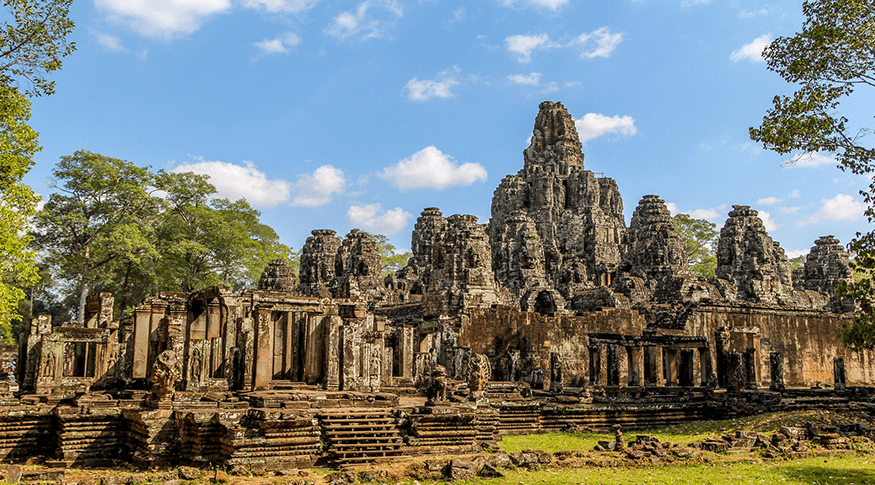
The location of Bayon is in the exact center of the Angkor Thom complex. The distance is the same from both the North and South gates. Therefore, entry from any point is possible. Bayon has no moats or surrounding walls. The city of Angkor Thom protects it from the outside as there is no boundary. One can enter Bayon from any direction. Meanwhile, if you arrange a safe and reliable tuk-tuk or taxi driver, they will guide you and give you a glimpse of the park.
Tourist Site
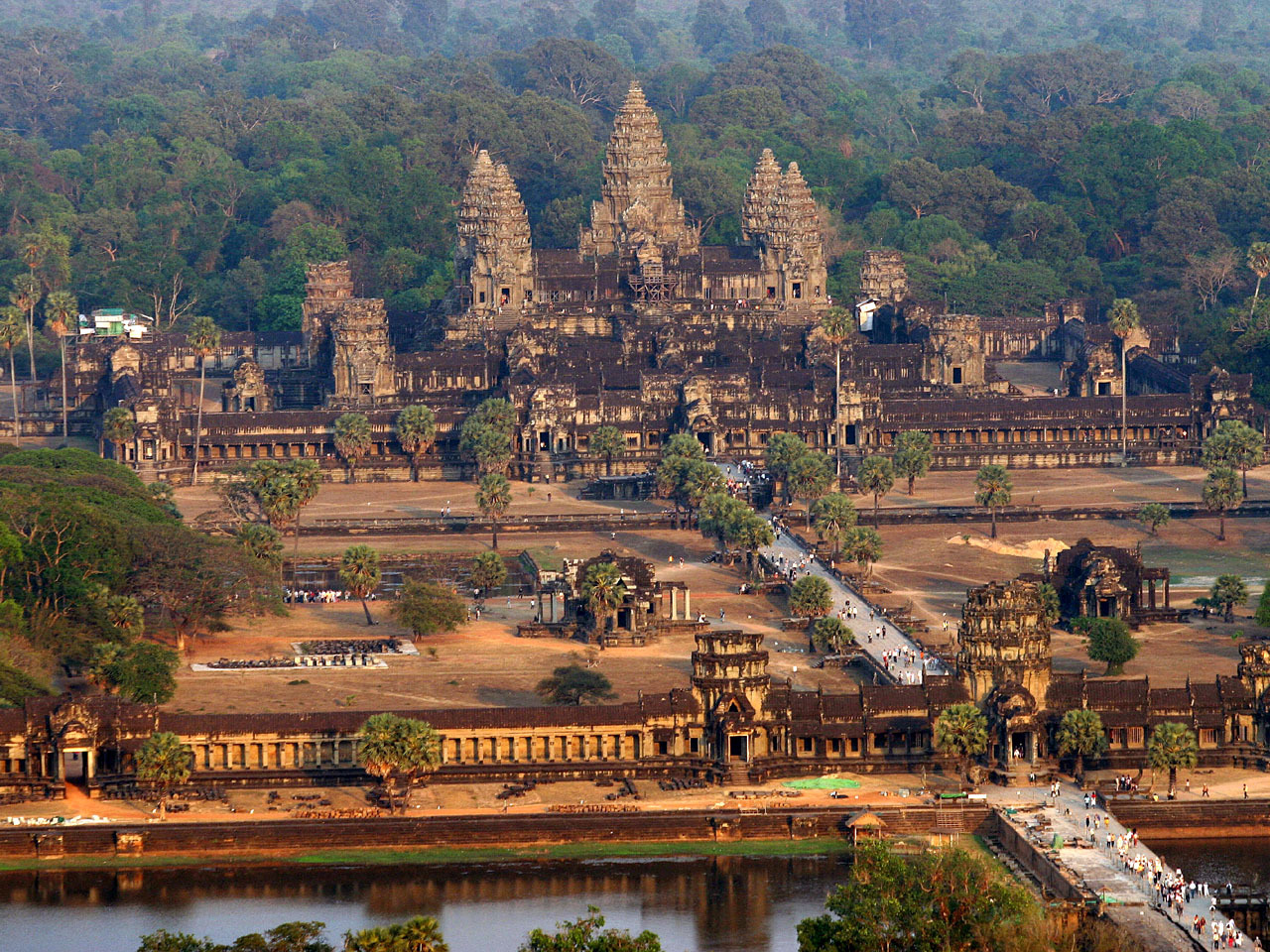
Bayon temple is a major tourist attraction site. From being a place of worship to a tourist site influenced people globally. People perform several religious activities of Buddhism at Angkor Archeological Park Siem Reap. As the inhabitants of Angkor Archeological Park Siem Reap are Buddhist people. Certainly, economic, information, and cultural globalization offer transparency and freedom for tourists.
People are friendly, open, skilled, and observant and will guide you across the temple. Wandering across the complex maze of chambers, passages, and occasionally steep stairways requires sufficient time. The beautiful architecture catches your eyes to click photographs in your eyes and cameras as well. Therefore, photography ideas include the popular composition of visitors facing “nose to nose” with giant heads makes it definitely fascinating. The movement of light from sunrise to sunset makes the shadow of the temple and surrounding trees dance along the day.
Hence, the temple is the best place to visit if you ever have a visit to Cambodia.
All images belong to their respective owners.
Know more about the same on https://whc.unesco.org/en/list/668/

